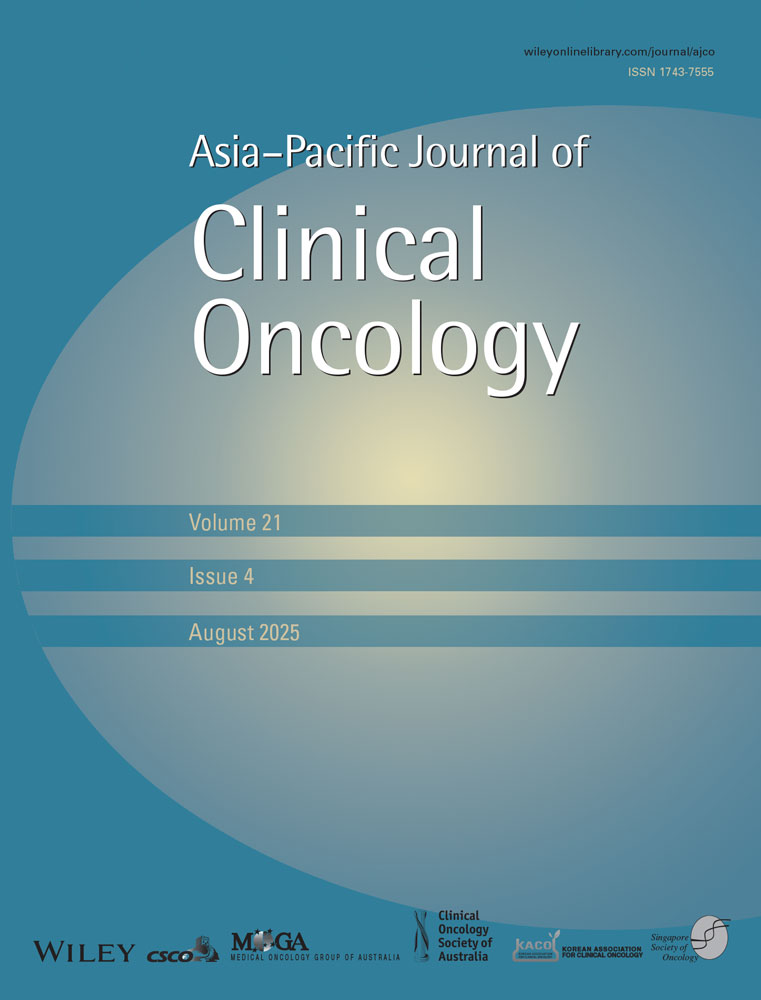Prognostic Impact of Synchronous and Metachronous Second Primary Cancers in Laryngeal Cancer Patients Treated With Radiotherapy: Variable With Time-Varying Effects and Cox Proportional Hazard Analyses
Funding: The authors received no specific funding for this work.
ABSTRACT
Aims
Patients with laryngeal and other head and neck cancers face a high risk of developing second primary cancers. This retrospective cohort study evaluated the prognostic value of second primary cancers in laryngeal cancer patients treated with radiotherapy.
Methods
We retrospectively investigated patients with laryngeal cancer who underwent radiotherapy, and evaluated the incidence and relative risk of synchronous and metachronous second primary cancers in a single-institution cohort.
Results
Between January 2007 and December 2021, 138 patients with laryngeal cancer were analyzed. The median follow-up period was 5.2 years. The 5-year overall survival rate was 82.4% and the progression-free survival rate was 71.9%. Synchronous and metachronous second primary cancers were observed in 15 (10.9%) and 38 (27.5%) patients, respectively, during the follow-up period. The cumulative incidence of metachronous second primary cancers was 23.3% at 5 years. Moreover, deaths from laryngeal cancer, other cancers, and noncancer illnesses accounted for 3.6% (5 patients), 12.3% (17 patients), and 10.9% (17 patients), respectively, with most deaths from causes other than laryngeal cancer occurring after the first 5 years. Synchronous second primary cancer was a significant prognostic factor of poor outcomes (hazard ratio, 4.42; 95% confidence interval, 1.93–10.13) on time-independent multivariate analysis, and metachronous second primary cancer was a significant prognostic factor of poor outcomes (hazard ratio, 4.55; 95% confidence interval, 2.09–9.91) in the time-dependent Cox proportional hazards model.
Conclusion
Synchronous and metachronous second primary cancers are significant prognostic factors for patients with laryngeal cancer treated with radiotherapy.
Conflicts of Interest
The authors declare no conflicts of interest.
Open Research
Data Availability Statement
The data that support the findings of this study are available on request from the corresponding author. The data are not publicly available due to privacy or ethical restrictions.




